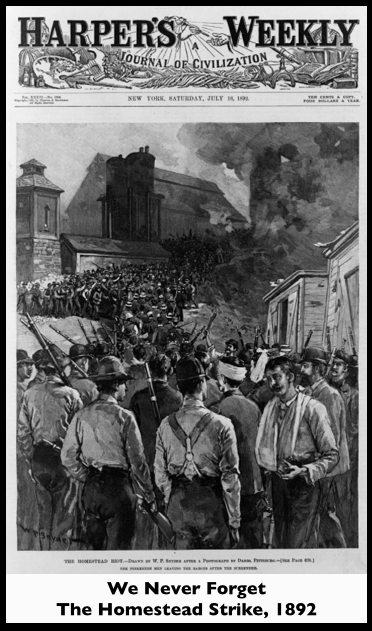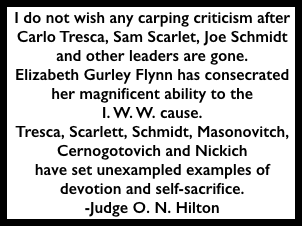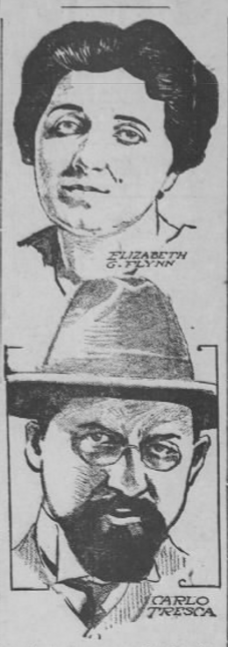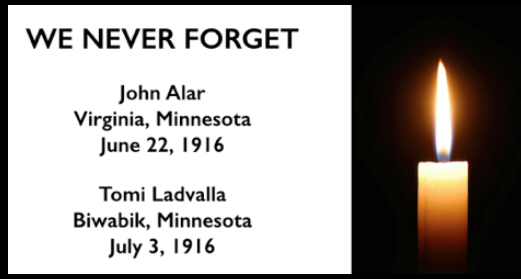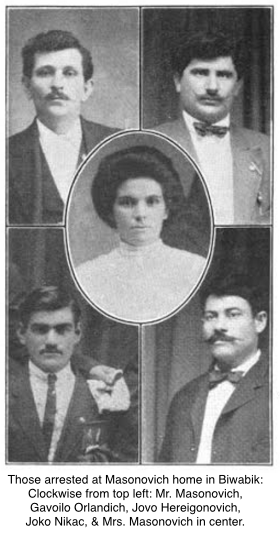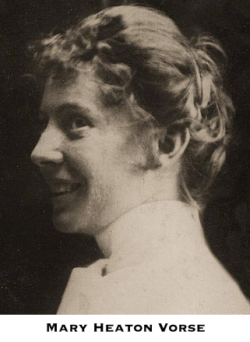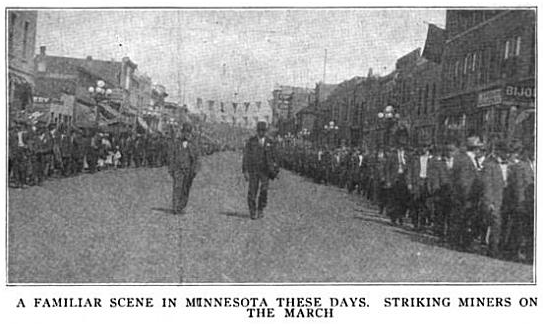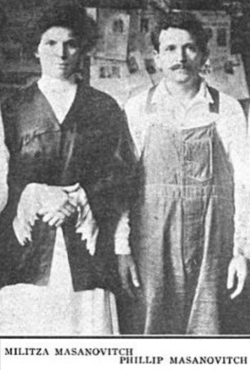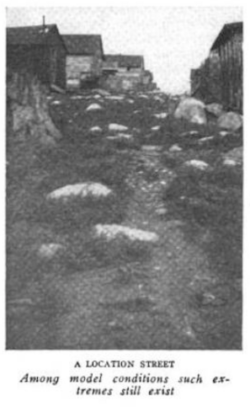 ———-
———-
Hellraisers Journal – Sunday October 26, 1919
Report from Front Lines of Great Steel Strike by Mary Heaton Vorse
From the Duluth Labor World of October 25, 1919:
[Part I.]
MEN SHOW DOGGED ENDURANCE;
-EVERY RIGHT IS DENIED THEM
—–
State Troopers Serve Masters of Steel-Break up Meeting
-Search Homes Without Warrant-Override Children Playing
in Streets, But Men Are Determined to Win Out at Any Cost.
—–By MARY HEATON VORSE.
PITTSBURGH, Oct. 23.—(Special to The Labor World.)—The other day a man came in to Foster’s office. He had been on strike three weeks, and now he had about 90 cents left. He had some chickens, he had good neighbors, that had given him vegetables and things from their gardens. The man was a foreigner, a young married man, and what he had come for was not to ask strike benefits. He wanted advice and the moral support of encouragement.
He wanted to know how he was going to get along. He came rather deprecatingly, smiling in an embarrassed sort of fashion over his difficulties. Then he went away, still with his smile, his only assets his friends, his 90 cents and his indomitable will to stick out.
The strike is based on people like this; people full of faith; people full of endurance; people full of sacrifice—thousands and thousands of them.
Thousands of them looking upward and forward to a better life for themselves and their children—for these people are striking for a right to be considered as men. They are striking for the right of a little leisure. They want an end put to this de-humanizing double shift.
The other day in Braddock a mill superintendent stopped an old timer on the street. “Aren’t you working?” he asked.
“No, I am not working. I’m on strike; I’m taking a holiday. I am paying myself back those 20 Christmases I worked for the company,” said the man.
That has been the situation with the mill workers. No Sundays, no Christmas. Work that took it out of a man so that he was old at 40. Work that left him so tired at the end of a day that he wasn’t a human being any more. And now these people are willing to sacrifice to change this sort of thing, for themselves, for their children, and for the workers of all time.



